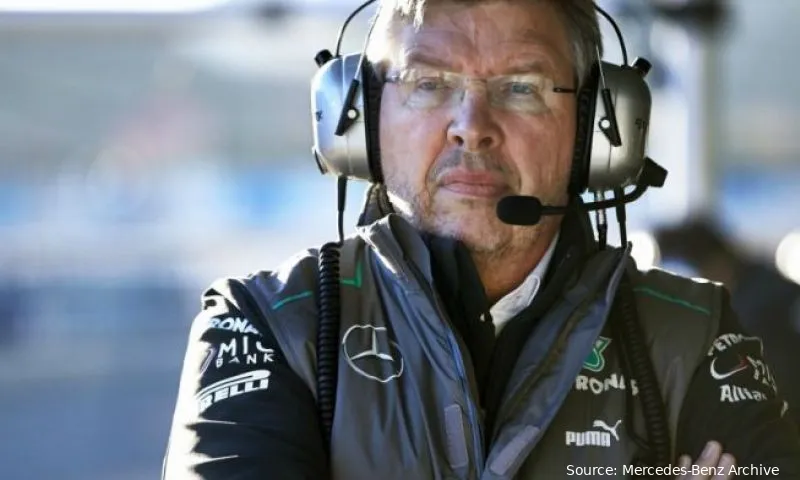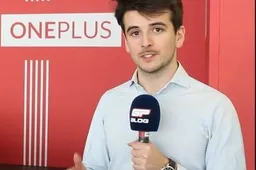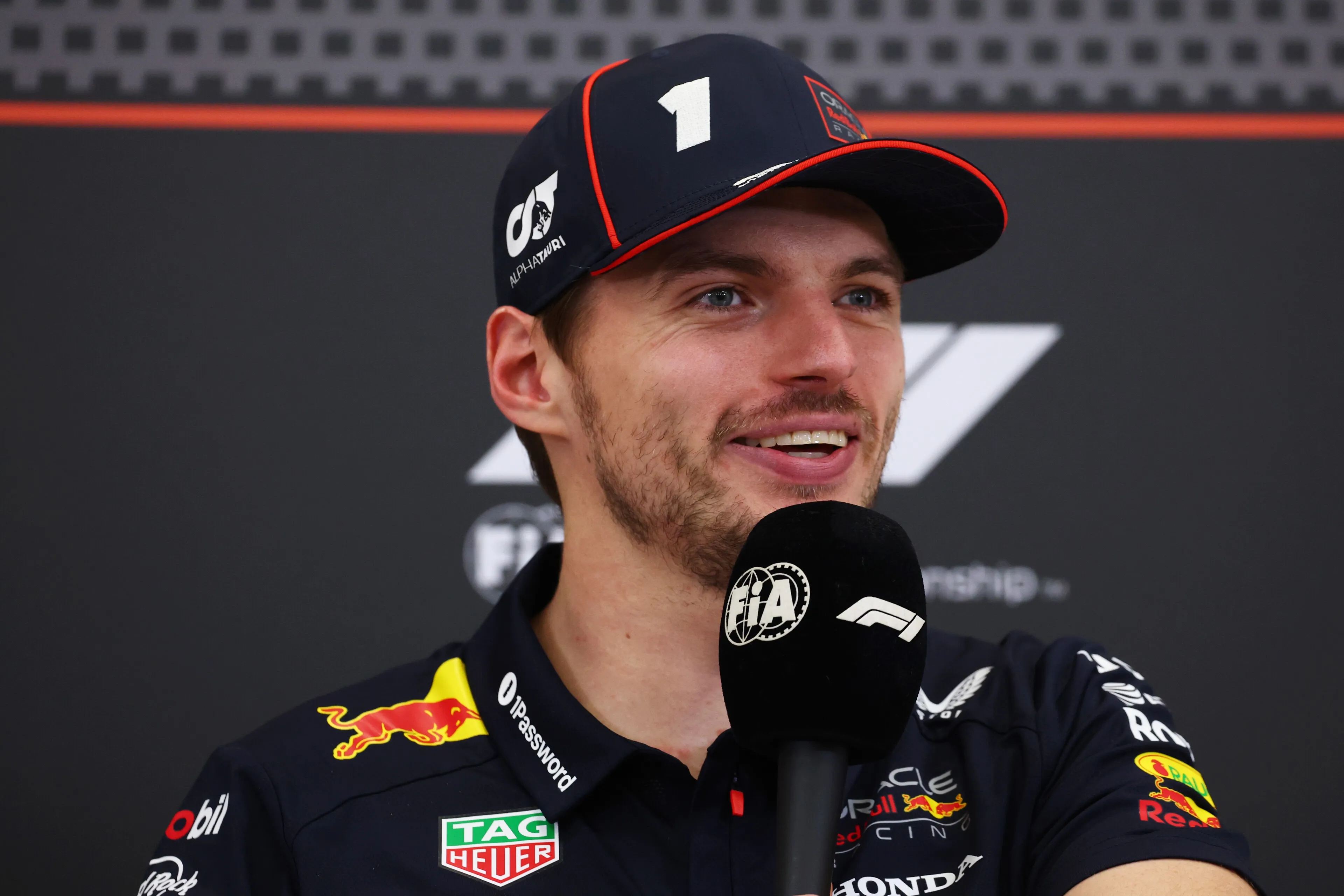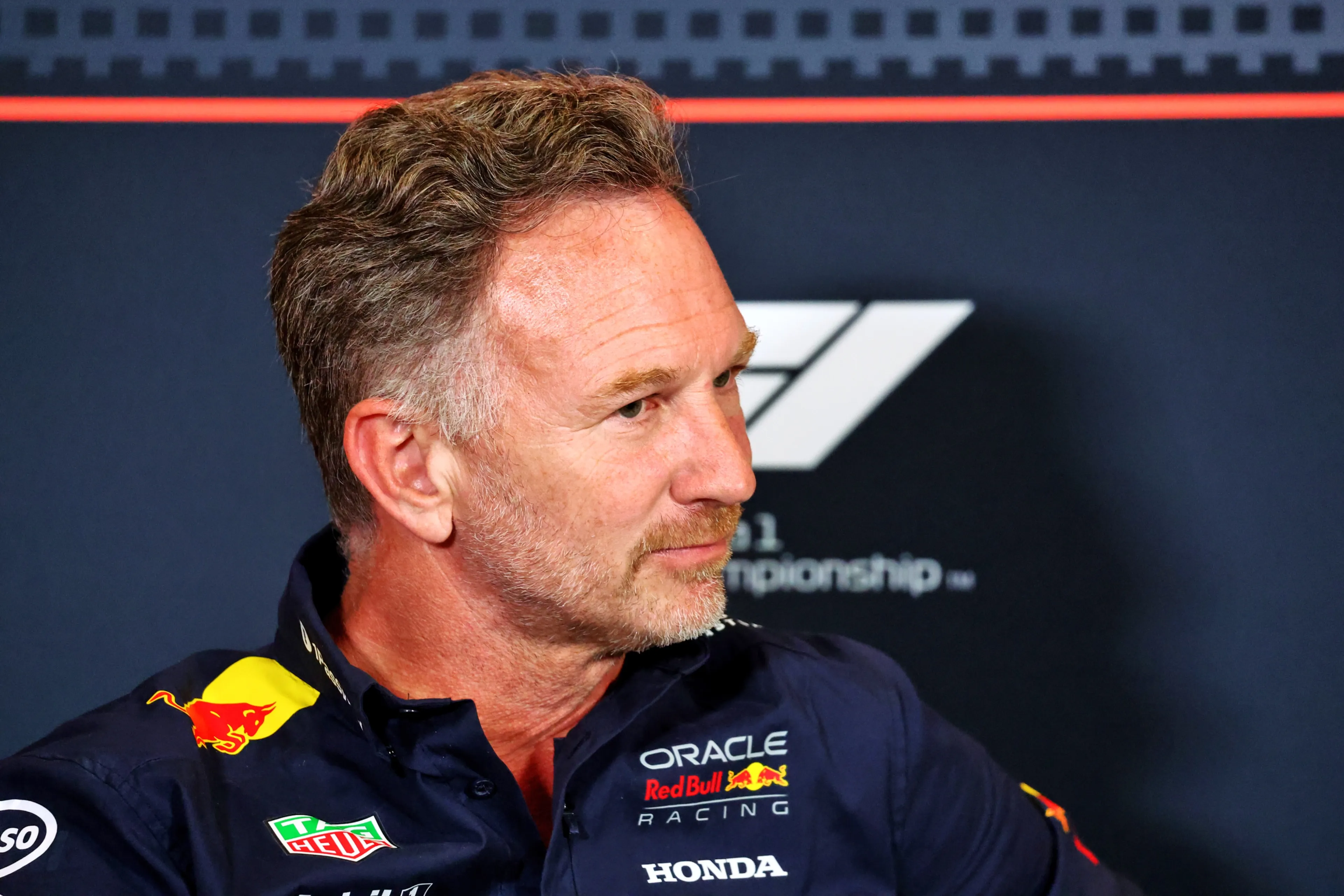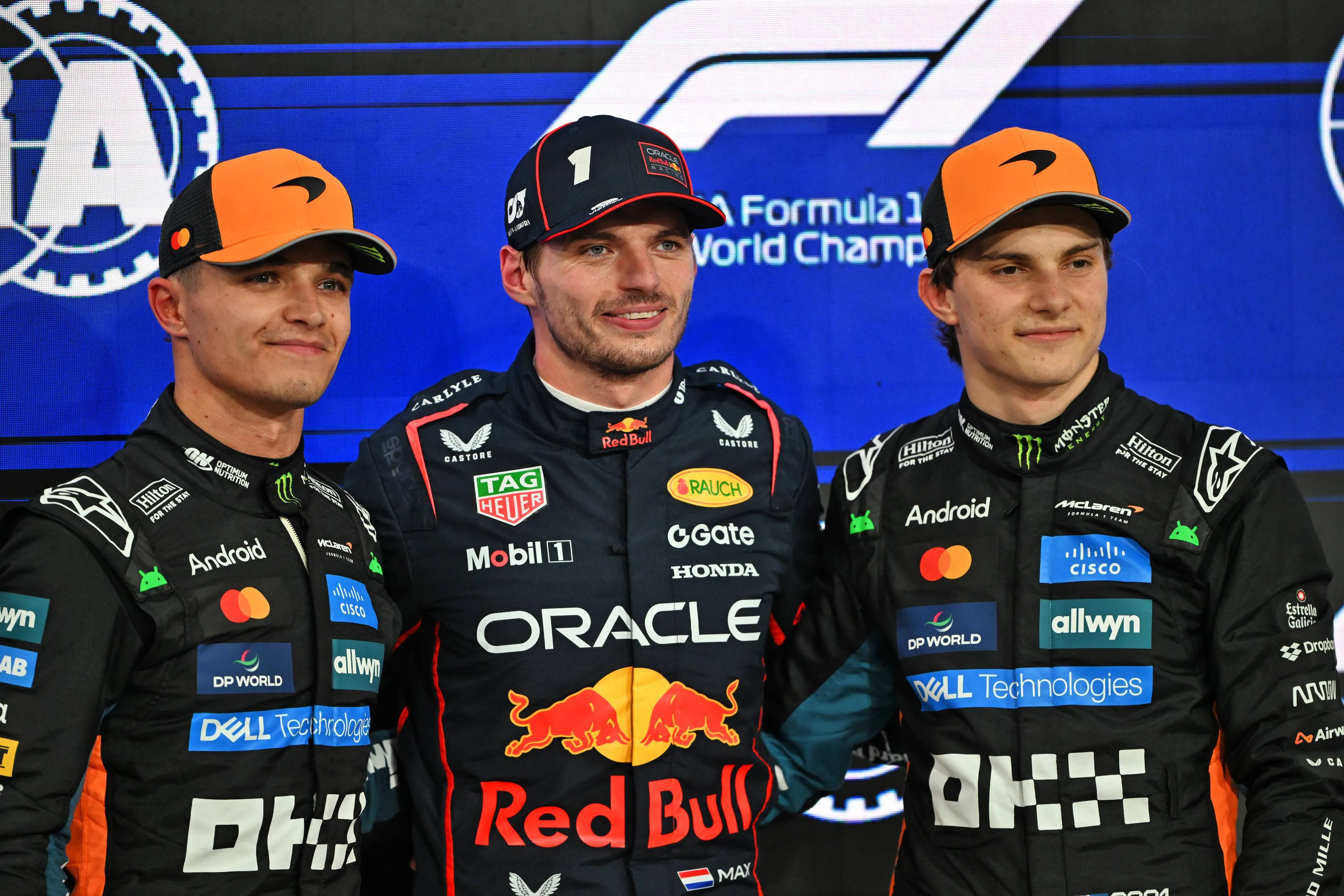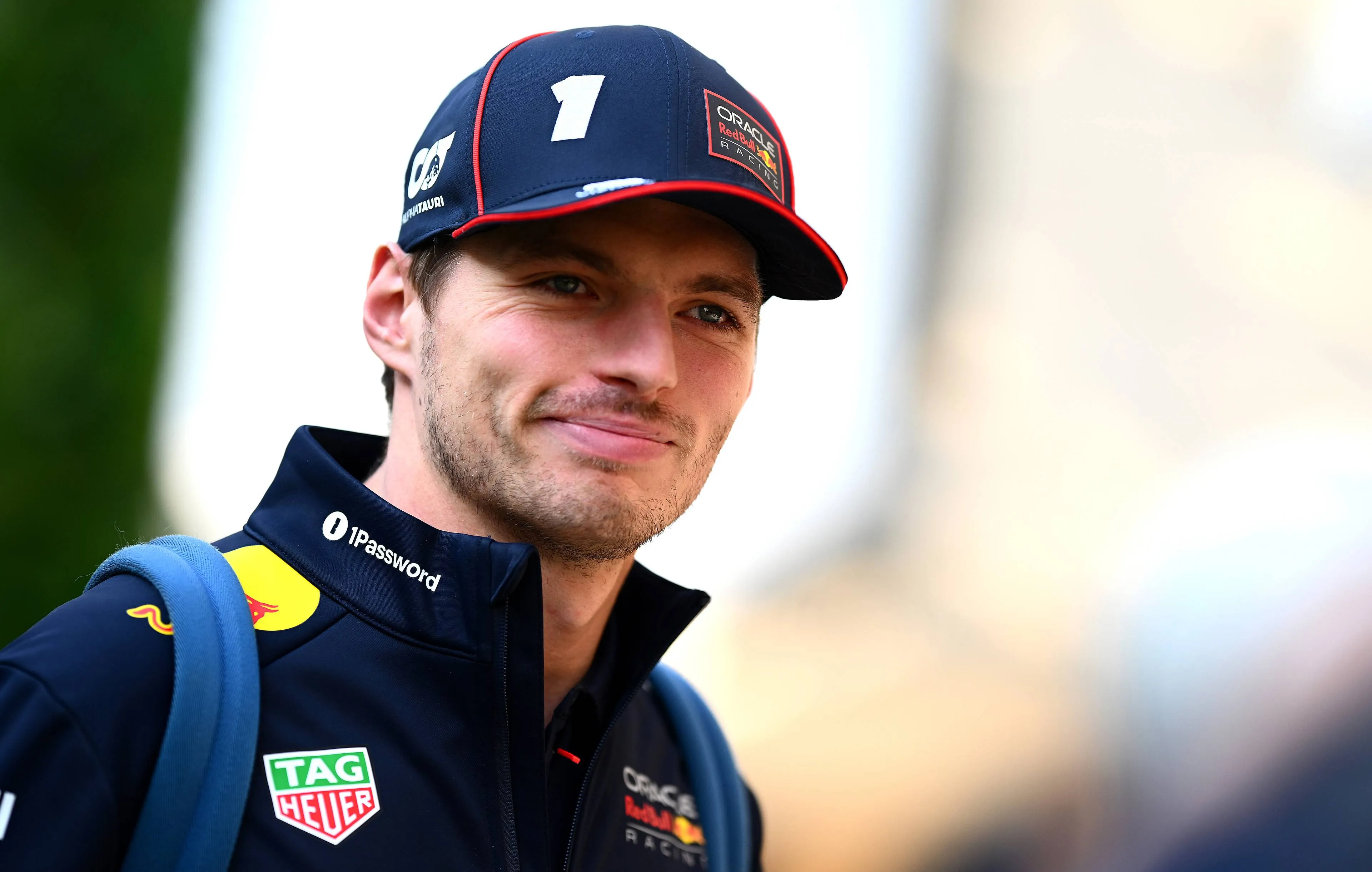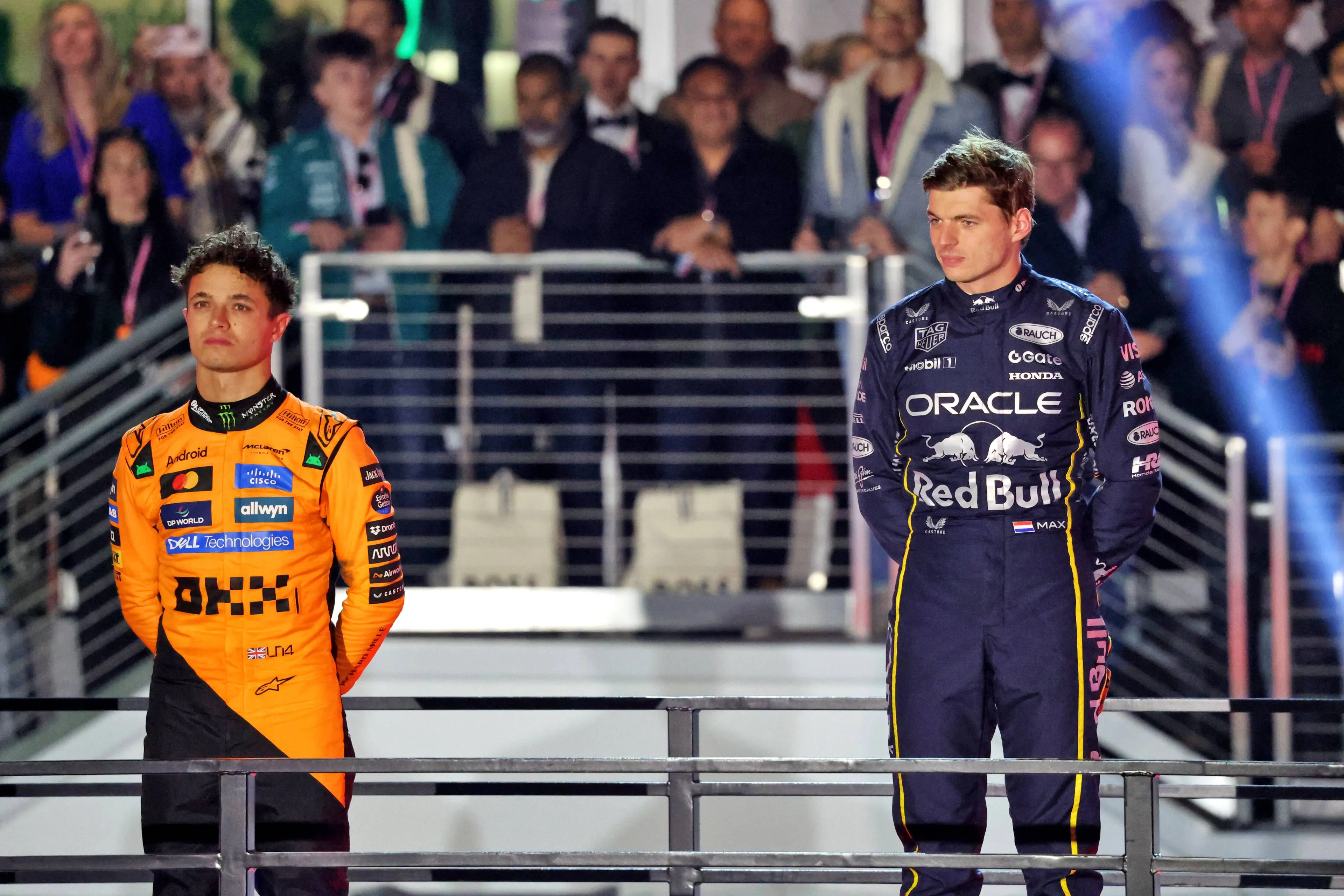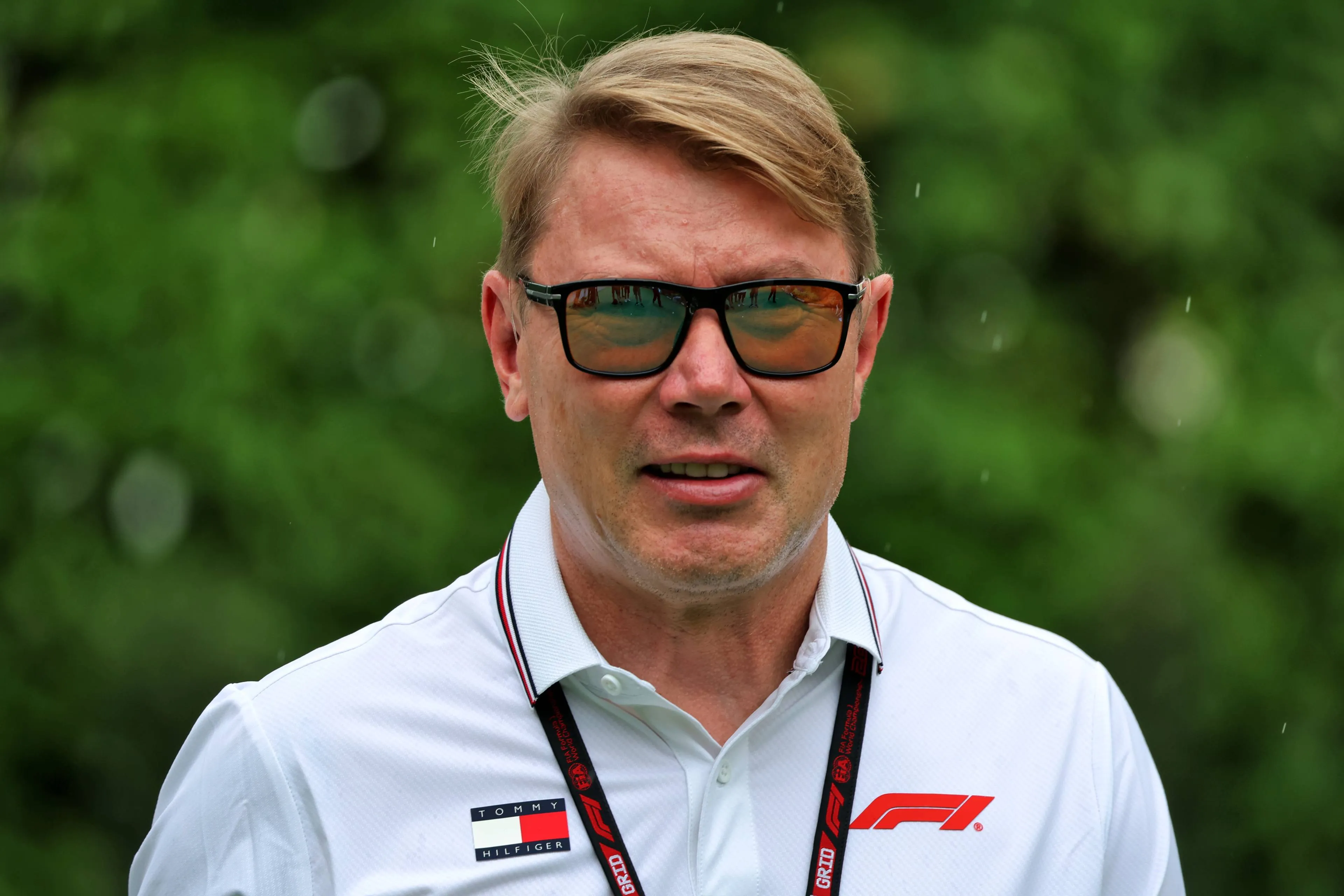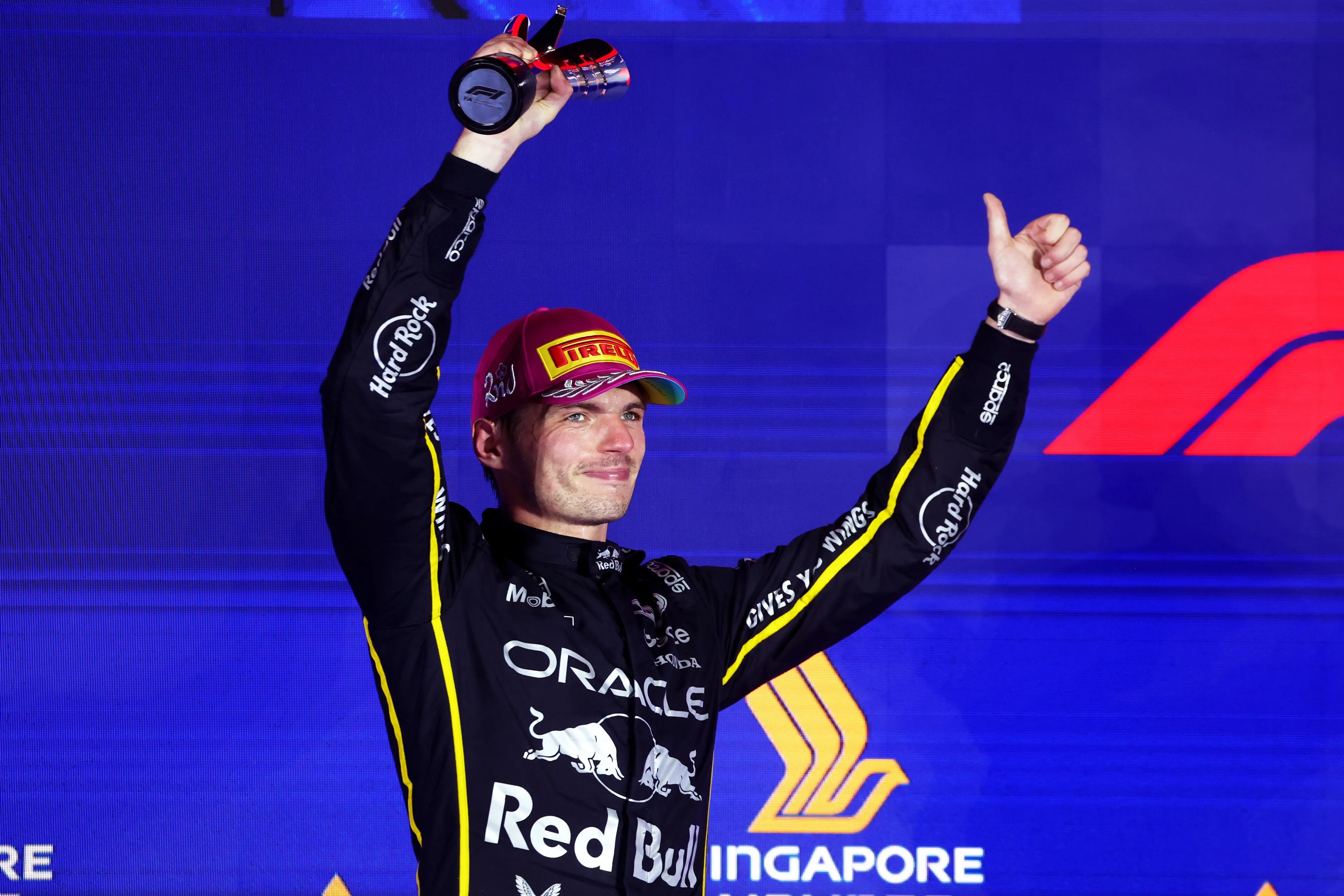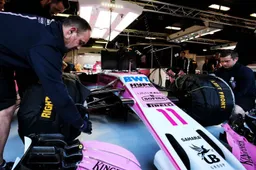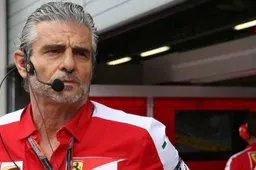F1 director of motorsport Ross Brawn has explained that the sport will react accordingly if the new changes don't achieve anything, with new aerodynamic regulations taking force in 2019.
The main regulation change in 2019 is the change in front wing design. They will be simplified and widened in an attempt to make slipstreaming more beneficial, as the new designs should produce more 'clean air' behind a car in a straight line.
Other changes include increasing the size of the rear wing, simplifying break ducts and simplifying the barge boards.
The overarching goal is to increase overtaking during races, and thus to make races less predictable. Races have often played out exactly as expected in 2018, which is something that isn't appealing to either the fans or the drivers.
“What we learn from this aero programme will be very important for the next bigger step, in 2021,” Brawn was quoted by The Checkered Flag.
“The point to stress is it’s a philosophy and a culture, not just a one-stop solution.
“If we don’t achieve everything we want to achieve with these changes, we’ll learn from it, press on and carry on with the next phase of changes and we’ll keep doing that until we get the cars in a form when they can race each other much more effectively, which they can’t at the moment.
“It’s useful to see if the teams have been able to evolve and take different directions because we don’t want to discover that in 2021.”
The new wings do mean that the cars will slow down by around two seconds per lap, but at the same time, overtaking should increase by at least 20% according to the FIA's calculations.
Teams have already had the chance to test with the new wings in Budapest and Abu Dhabi at the in-season tests so the changes don't come as a complete surprise.
“Until the cars run, we don’t know what solutions they have made, but from predictions, we’re achieving about 20% improvement.
“So we’re about a quarter of the way there to where we think we could be. But it’s not a one-stop shop in the sense that you do this and then you don’t touch it anymore.”
Read more about:
Popular on GPBlog
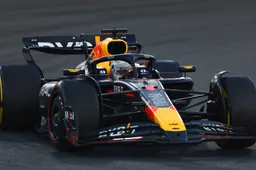
1
Red Bull Racing implements this name change ahead of the new season
9938 times read

2
Fresh details emerge on Red Bull’s call to dismiss Horner over summer
1464 times read
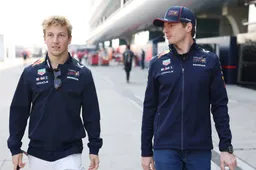
3
Verstappen angry over Red Bull teammate's firing: 'It ruins someone's chances
1111 times read
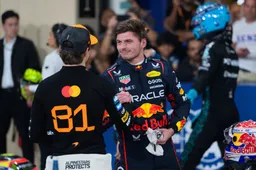
4
Verstappen is convinced: 'Half the field finishes the GP with an illegal car'
1073 times read
Loading
